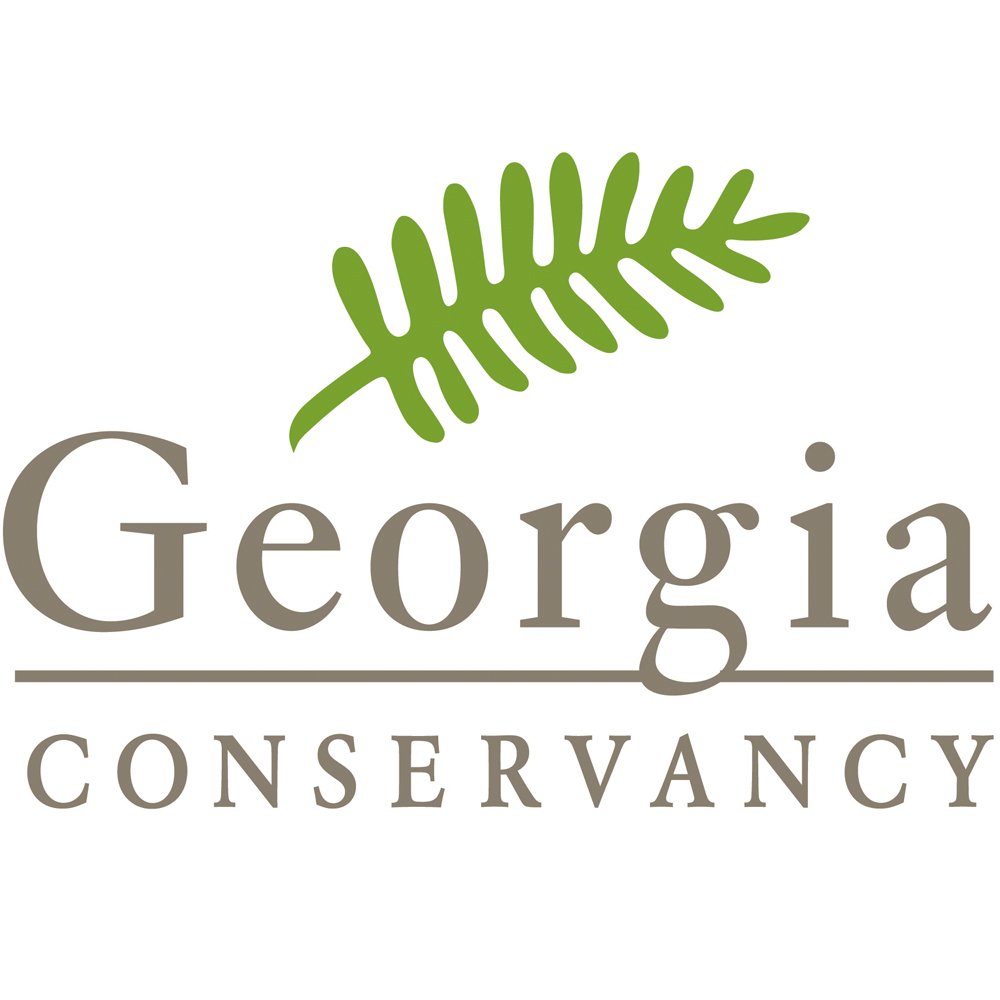The Blake Plateau Coral Reef Ecosystem
The expansive deep-sea coral reef system is off the coast of Georgia
Blake Plateau, Courtesy NRDC
The Blake Plateau is a fascinating and ecologically-important region located approximately 80 miles off Georgia’s Atlantic coast, stretching from northern Florida to offshore waters near North Carolina. What makes this area particularly special is its deep-sea coral reef system, one of the largest known in U.S. waters and among the most expansive in the world.
The Blake Plateau is a flat, deep-water area of the Atlantic floor lying between the continental shelf and the abyssal plain. While it sits beneath several hundred to thousands of feet of water, it hosts vast cold-water coral reef ecosystems, particularly formed by the Lophelia pertusa coral.
Unlike tropical reefs, these deep-sea corals don’t rely on sunlight or photosynthesis. Instead, they survive in cold, dark waters and thrive by filtering nutrients from the water column.
In 2018, NOAA and partner scientists announced the discovery of an extensive, previously unknown coral reef tract on the Blake Plateau, describing it as a “forest” of corals stretching for hundreds of miles.
Why Conserve The Blake Plateau?
Some areas of the Blake Plateau have received protection under the South Atlantic Fishery Management Council's Deepwater Coral Habitat Areas of Particular Concern (HAPCs). These prohibit destructive fishing practices like bottom trawling.
NOAA and partner organizations continue to explore and map the region, using remotely operated vehicles (ROVs), submersibles, and sonar technologies.
Conserving the Blake Plateau coral reef system is essential for several reasons:
Biodiversity Hotspot
These deep-sea reefs provide habitat, feeding grounds, and nursery areas for a wide array of marine life, including commercially important fish species.
Climate Resilience & Carbon Sequestration
Deep-sea corals help stabilize the ocean ecosystem and can play a role in carbon cycling and storage.
Scientific Value
The region is still being explored and offers valuable insights into deep-sea biology, geology, and oceanography.
Threats from Human Activity
Bottom trawling, deep-sea mining, and oil/gas exploration may, in the future, pose serious threats to these fragile ecosystems.
Coral damage can take centuries to recover due to the slow growth rate of deep-sea species.
Economic Importance
Sustaining healthy marine habitats supports fisheries and tourism, as well as long-term ocean health which benefits coastal economies.
Species Found in the Blake Plateau Coral Reef System
The biodiversity in the Blake Plateau coral system is rich and still being catalogued. Some species observed or likely to be found include:
Corals & Invertebrates
Courtesy of NOAA
Lophelia pertusa – The dominant reef-building coral
Octocorals (soft corals and sea fans)
Sponges – Act as biofilters and habitat structures
Crinoids – Feather stars
Brittle stars, sea cucumbers, and polychaete worms
Fish
Wreckfish (Polyprion americanus)
Blackbelly rosefish (Helicolenus dactylopterus)
Golden tilefish
Groupers and snappers
Deepwater sharks (e.g., gulper shark)
Other Marine Life
Squid and octopus
Deep-sea crabs and lobsters
Echinoderms – Including various urchins and starfish
THe GULF STREAM’S EFFECT ON THE BLAKE PLATEAU CORAL REEF ECOSYSTEMS
One of the key environmental forces shaping the coral ecosystems of the Blake Plateau is the Gulf Stream, a powerful western boundary current that flows northward along the southeastern U.S. coastline.
The Gulf Stream plays a crucial role in supporting the plateau’s deep-sea coral reefs in several ways:
Nutrient Supply
While deep-sea corals don’t rely on sunlight, they do depend on a steady supply of organic matter. The Gulf Stream, along with associated eddies and internal waves, helps transport nutrient-rich particles from the surface and continental shelf into deeper waters, feeding filter-feeding organisms like Lophelia pertusa.
Oxygenation and Water Quality
The rapid movement of the Gulf Stream brings well-oxygenated water into the deep ocean layers, which is vital for the survival of deep-sea organisms in otherwise low-oxygen environments.
Sediment Removal
The strong currents help prevent sediment from smothering the corals by keeping particles suspended or flushing them away. This allows fragile coral polyps to continue feeding and growing in clearer conditions.
Temperature Stability
Though the corals live in cold waters, the Gulf Stream helps maintain stable deep-water temperatures within the range necessary for cold-water coral survival.
Overall, the Gulf Stream creates a dynamic but life-sustaining environment that helps maintain the health and productivity of the Blake Plateau’s unique coral ecosystems. However, changes in the Gulf Stream—driven by climate change—could pose future risks to this delicate balance.
Questions? Please reach out to Georgia Conservancy Coastal Director Courtney Reich at creich@georgiaconservancy.org or Georgia Conservancy Communications Director Brian Foster at bfoster@gaconservancy.org





